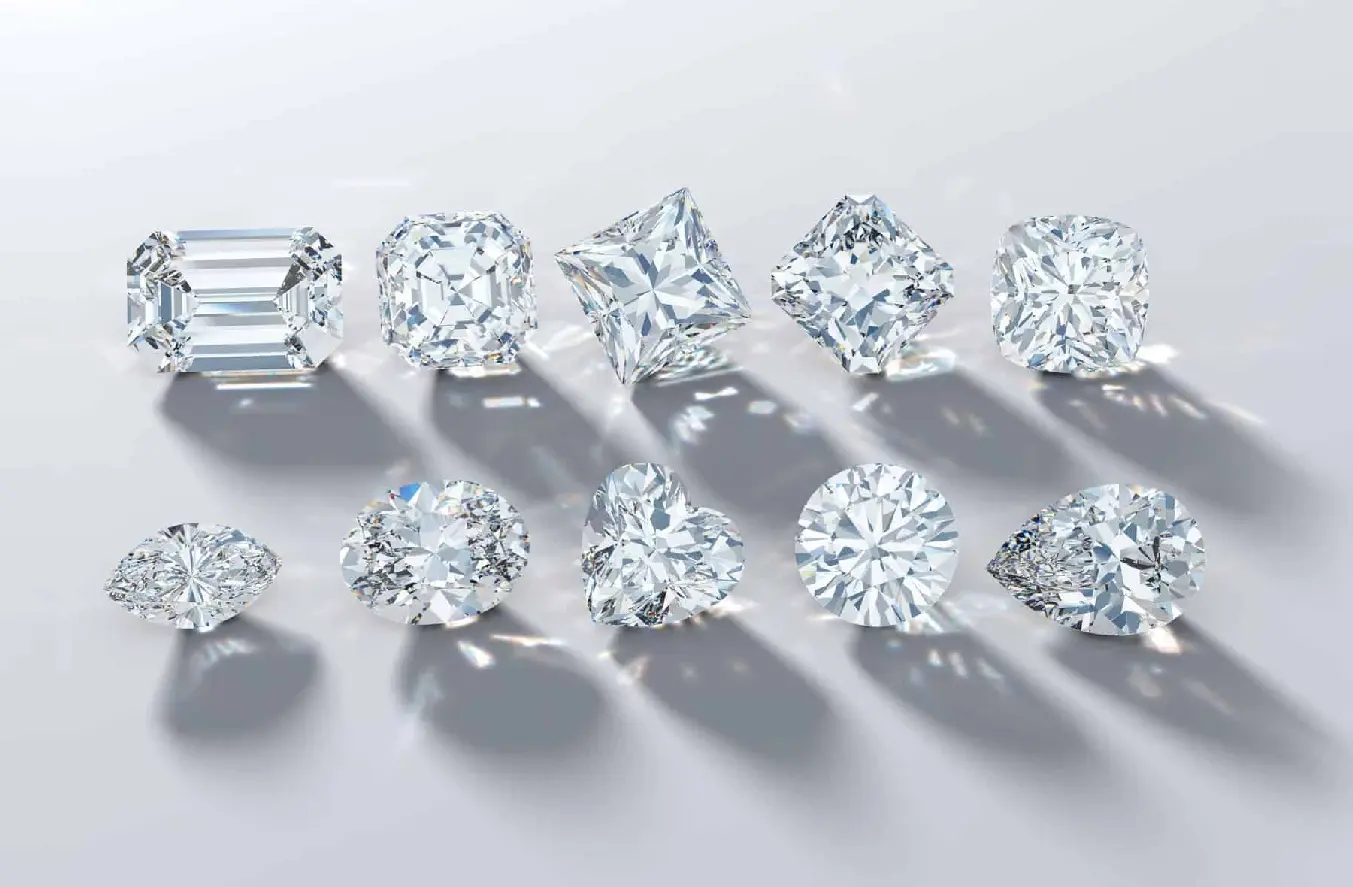As a consumer, it will be advantageous for us to have some information when purchasing jewelery made of diamonds or diamonds.
It is very important what the information presented when we enter a store or shop online from a virtual store. If we do not know about the 4C rule, the information the seller tells will mean nothing to us, it will be a completely trust-based purchase.
4C is a rule created by coding the initials of the English spellings of the four characteristics (carat, color, cut and clarity) that determine the value and characteristics of the diamond.
Carat (Carat, Weight): Carat is the weight measurement unit of the diamond. It is naturally proportional to the size of the stone. The end consumer often uses the carat as an expression of size. While all the features are important in determining the price of the diamond, the most important one is the carat. One carat = 0.2 g. is. The carat unit of measurement is the unit of weight used for all precious stones as well as diamonds.
Cut: While the diamonds that come out of nature are shaped in the hands of master cutters, they are classified according to the feature of the cutting workmanship and find value according to this classification. The aim during cutting is to achieve perfection and to have a shining stone. However, it may not be possible to catch this in some stones. According to the cut scale standards, the diamond cut is classified into five groups. Excellent, Very good, Good, Fair, Poor.
After cutting, we see stones cut in the following forms. Oval, Round, Baguette, Marquise, Drop, Marquise, Triangle, Cushion.
Clarity: Since diamond coexists with different minerals in nature, it may carry traces of these minerals or traces of formation in its internal structure.
At this point, the ideal and desired interior cleaning is to have a clean stone. Starting from the stones that are clean inside, diamonds are classified according to the number and location of the stains they contain.
FL(Flawless): Spotless
VVS( Very very small): Very very small spots
VS( Very Small) : Very Small spots
SI( Small) : Small spots
I (Stained): Visible stains
Color: It is one of the most visible and distinctive features of the diamond. During the formation of the stone, the crystallized diamond can take on different colors with the effect of other elements on the formation of the stone. The one that is acceptable and the most valuable is the pure white one. In this framework, the stones classified starting from the whitest gradually take on color and go from champagne to yellow and then to brown.
Alphabetically coded colors are in alphabetical order starting from D, D, E, F, G, H, I, J, K, L, M, N…. as it continues.
Colors D, E, F, G, H are generally white colors and it is highly likely that they will be preferred. It is now possible to clearly see the yellow color in stones continuing with I and J.
As a result, the features of these stones, which are all natural, are proportional to the statistics of their presence in nature, and they are also an element that determines their prices, and their preferences vary according to countries and individuals.







